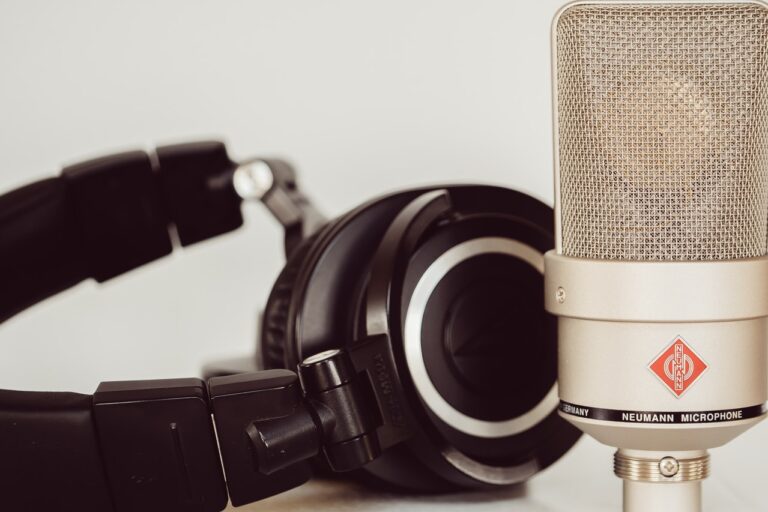Music in film achieves a number of things: it establishes the setting; it creates atmosphere; it calls attention to elements; it reinforces or foreshadows narrative developments; it gives meaning to a character’s actions or translates their thoughts, and it creates emotion.
Describing the crucial effect of music in film, composer Bernard Herrmann once said, “I feel that music on the screen can seek out and intensify the inner thoughts of the characters. It can invest a scene with terror, grandeur, gaiety, or misery. It can propel the narrative swiftly forward, or slow it down. It often lifts mere dialogue into the realm of poetry. Finally, it is the communicating link between the screen and the audience, reaching out and enveloping all into one single experience,”
Every filmmaker knows the main pieces of film production. These things really don’t change, even if you consider other types of videos like YouTube content, commercial projects, client videos, etc.
Effective project management software can streamline the process of organizing film production tasks, ensuring efficient workflow and timely delivery of high-quality content.
All films need cameras to capture footage, mics to capture sound, talent to act, a script to lay out the story, and a post-production period to pull it all together. But films also need music, and that’s because music accomplishes several functions that nothing else can. Music adds depth to a film in terms of world-building, layering on information without overwhelming the viewer.
And this is only the beginning. Audio is integral to how people experience video content, and nothing makes that more obvious than the way music can elevate any project.
Two types of film music
Film music creates a new layer for the audience to experience. It could be a way to heighten a specific emotion or add more depth to the world of your film, or it could even be something somber in the background. Perfect music from film composers can do all three of those things at once, which is why film music is so valuable for you to know.
When you think about how film music works, we can pretty easily divide it into two distinct types. Sure, there are sub-categories or specific cases that don’t quite fit into either group. But if you’re writing music for a film or trying to think about how to plan for music in your next video project, for this, you can use Wrike form managing the project.
I can simplify this question for you. Film music is ultimately part of a film’s overall sound design process.
1. Diegetic music in film
In terms of sound design, diegetic is anything that the characters on-screen can hear. When we talk about music in film, one example would be a character walking the streets of a cyberpunk metropolis. Our hero may hear music from a nearby hovercar, or the audio from a radio or TV coming out through an open shop door. In the same scene, they might also hear distant sirens, car horns, or the constant murmur of voices and rustling clothes from other people in the city.
All of this is diegetic sound, including the music choices I just mentioned. If you’d like an easy way to categorize diegetic music or sound, just think of it as any audio that could be recorded on-set with a microphone.
2. Non-diegetic music in film
The vast majority of film productions include a film soundtrack. That could take the form of an orchestral score, like what you’d imagine from John Williams. Or the music could have a modern sound with synths and drops, like what we’ve come to expect from film music composed by Hans Zimmer.
This obviously excludes examples like “Awesome Mix Vol. 1” from the Guardians of the Galaxy. And it leads to questions in musicals like Tick, Tick…Boom! when characters sing and dance, and sometimes even reference those actions later on. In short, when you think of film music, it’s almost definitely non-diegetic sound.
Music can be one of the most vital additions to your project, or it can simply be a background filler. It can enhance your story and become an iconic part of the video or film, or you can leave it out and keep its effects minimal and understated.
Beatoven.Ai websites are highly useful and are downloaded and used every day by thousands of people in projects ranging from YouTube videos, games, movies, TV shows, and more. It supplies multiple variations of each sound so that the user can access different intensities, positioning, etc should they need them. By providing the best quality music library packaged in a straightforward manner Beatoven aims at helping you save time. We hope you like the royalty-free music library as much as we do.

